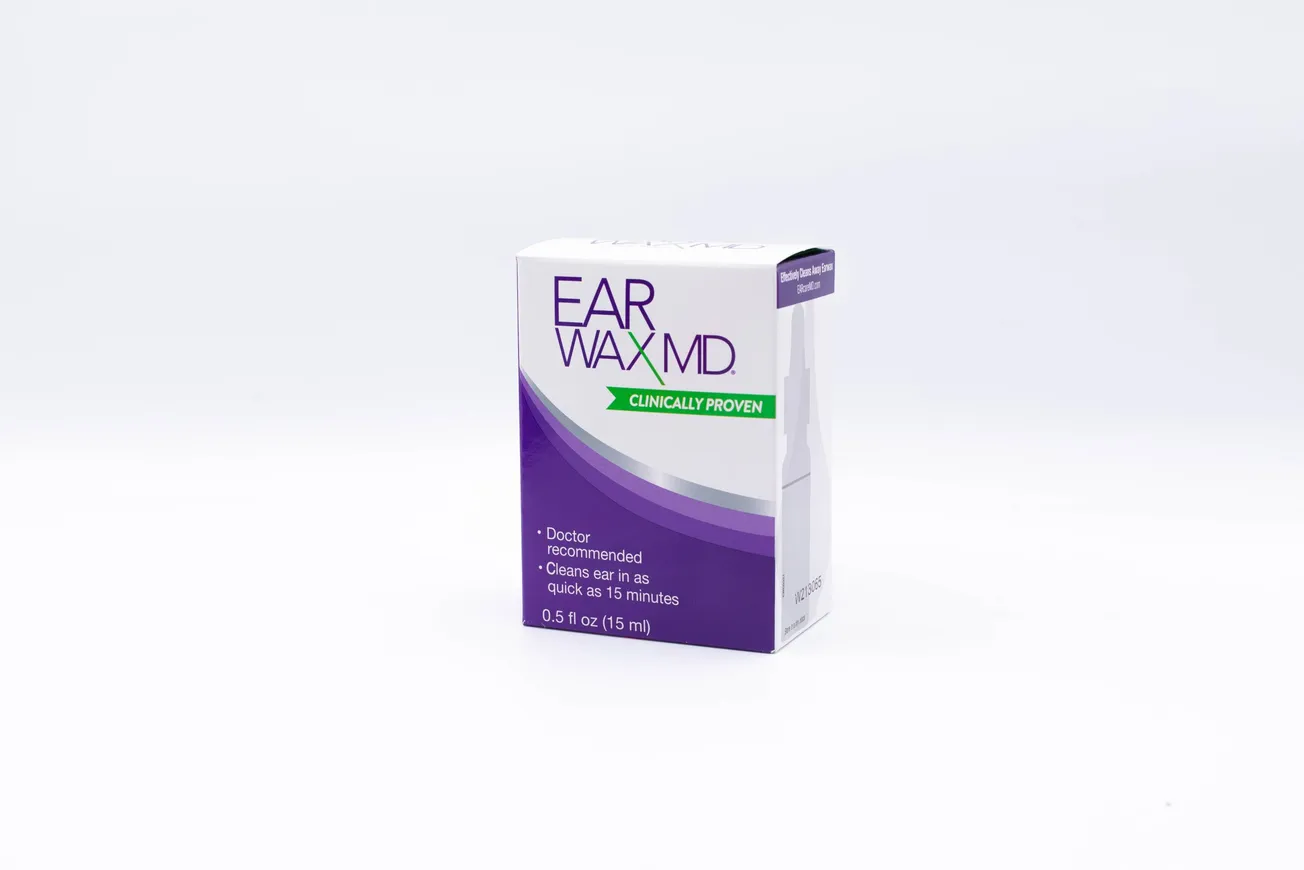ATLANTA — LexisNexis Risk Solutions has revealed the findings of the fourteenth edition of its annual LexisNexis True Cost of Fraud Study: Ecommerce and Retail Report – U.S. and Canada Edition. The report, based on a commissioned survey conducted by Forrester Consulting, shows that merchants in the U.S. and Canada incur an average cost of $3.00 for every $1 of fraud.

As digital services become more prevalent in North America and daily life becomes increasingly digitized, cybercriminals find more opportunities to exploit both consumers and businesses. More than half of surveyed respondents across North America reported a fraud increase of 6% or more in 12 months prior to the study, with digital channels responsible for 53% of overall fraud losses.
Ecommerce organizations encounter nearly 40% more fraudulent transactions compared to primarily brick-and-mortar retailers. One-fifth of transaction volume happens through digital payment methods, such as digital wallets, payment apps, Buy Now Pay Later (BNPL) and cryptocurrency. Digital transactions account for more than half of revenue. The widespread adoption of these methods can expose merchants to more frequent and sophisticated fraud attacks.
The impact of fraud on merchants is multifaceted, encompassing fines, fees, the face value of fraudulent transactions and the costs and effort associated with replacing lost or stolen merchandise. Despite organizations incurring fraud costs three times the actual value lost to fraudsters, this doesn’t account for the potential long-term effect on the customer experience. Seventy-five percent of respondents noted an impact on customer conversion rates.
Retailers face the challenge of balancing customer safety with customer experience while combating new fraud methods and integrating new fraud mitigation capabilities. The increasing consumer adoption of a wide range of payment methods motivates merchants to accept novel payment methods, consequently expanding their attack surface and increasing fraud risk.
“Striking the right balance between effective fraud management and a seamless customer experience is crucial,” said Kimberly Sutherland, vice president, fraud and identity strategy, LexisNexis Risk Solutions. “It’s essential for merchants to ensure that customer onboarding and payment journeys are as frictionless as possible to prevent shopping abandonment and customer churn. To respond faster to emerging fraud trends and rising consumer expectations, merchants must take a dynamic and agile approach to risk assessment. Capabilities integrated via risk-based workflows, supported by deep troves of identity intelligence and robust linking technology, promote the flexibility necessary for safer and more convenient interactions and transactions.”
Key Findings from the True Cost of Fraud Study: Ecommerce and Retail:
- Multi-faceted Assault on Merchants: With the rise of new digital commerce and payment methods, transaction fraud has grown increasingly frequent and sophisticated. Sixty percent of ecommerce merchants and 53% of retailers report an uptick in overall fraud levels. Retailers now identify fraudulent chargebacks as the fastest-growing fraud type, while ecommerce merchants point to identity theft as the fastest growing fraud type.
- Scams Drive a Major Portion of Fraud Losses, Despite Consumer Education Efforts: Despite 46% of surveyed merchants stating they’ve made efforts to educate customers about information security and scam protection, the number of consumers falling victim to scams continues to rise. About 34% of fraud losses in the region are now attributed to scams.
- Digital Payments and BNPL Vulnerabilities: Due to the increasing frequency and scale of data breaches that compromise consumer data (including card information), as well as their widespread use, credit and debit cards contribute the largest share of fraud losses. However, merchants must also prioritize monitoring digital payments and BNPL transactions, as these newer methods already account for 37% of fraud losses.
- Most Fraud Losses Occur During New Account Creation, With More Attacks at Purchase Stage: Identity theft fraud and fake account registration, particularly in the ecommerce sector, pose significant risks during the new account creation process. Both physical retail and ecommerce merchants report that up to 47% of fraud losses stem from this stage in the customer journey, despite lower overall occurrences relative to other stages.
Methodology: The True Cost of Fraud Study conducted a survey of 358 risk and fraud executives in retail and ecommerce companies in the U.S. (289) and Canada (69). Data collection and survey questions reference a 12-month period. The study provides organizations with data and analysis to understand the current state of fraud and the challenges associated with digital payments in emerging markets. This information comes from a commissioned study conducted by Forrester Consulting on behalf of LexisNexis Risk Solutions in August 2023.
Download the LexisNexis® True Cost of Fraud™ Study: Ecommerce and Retail Report.








